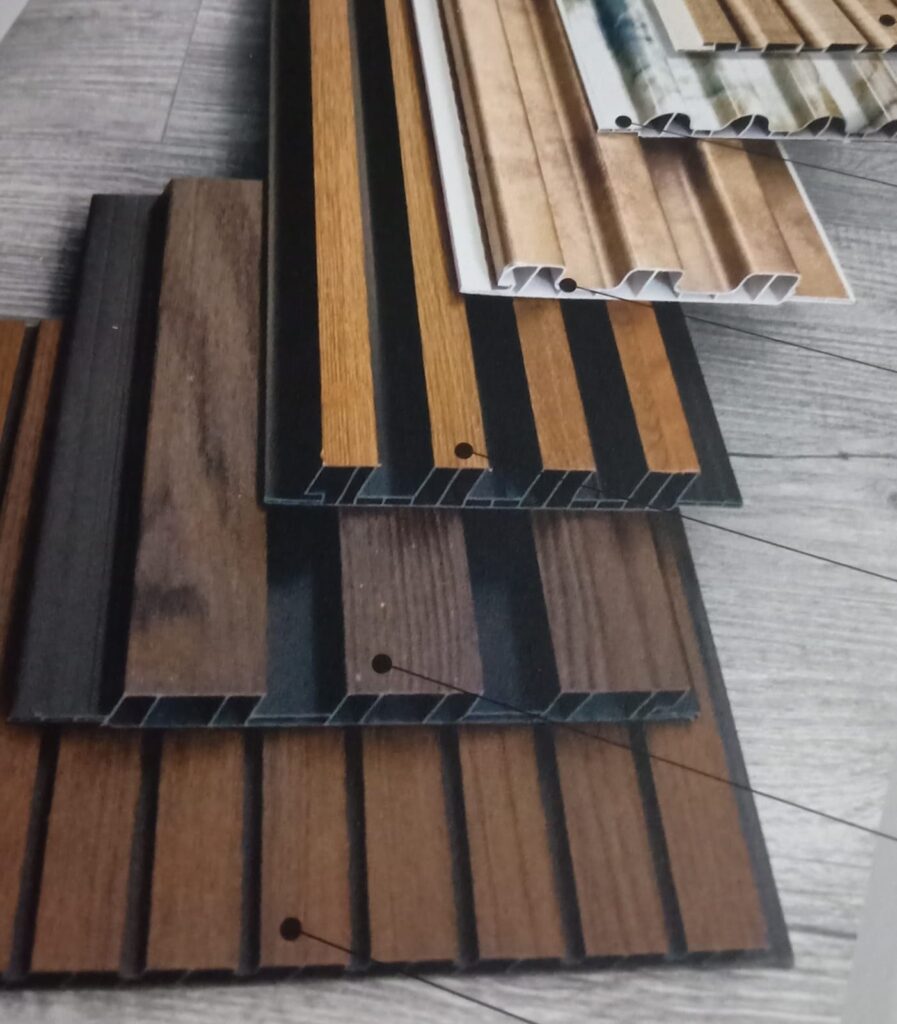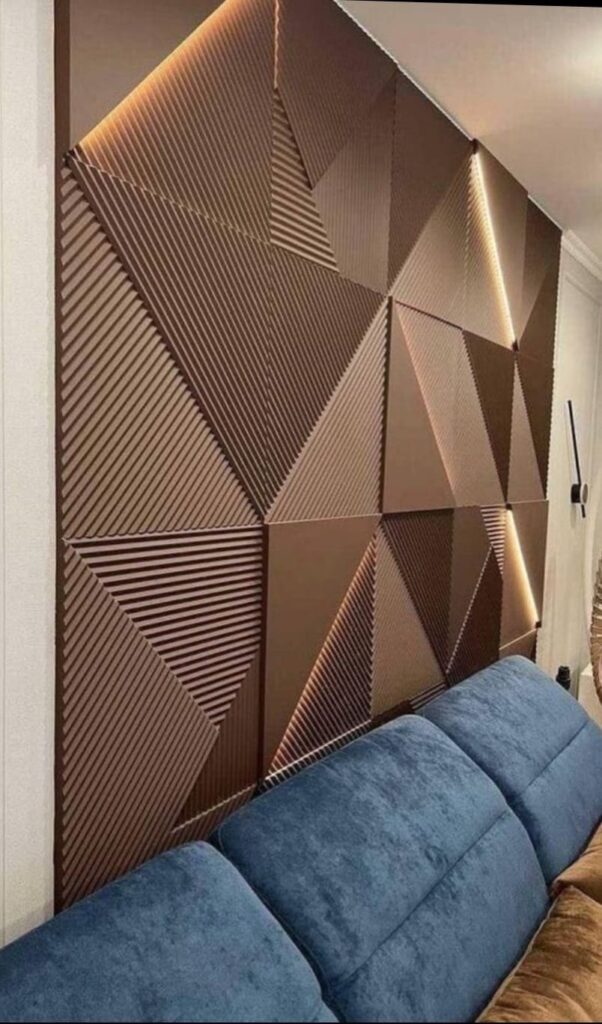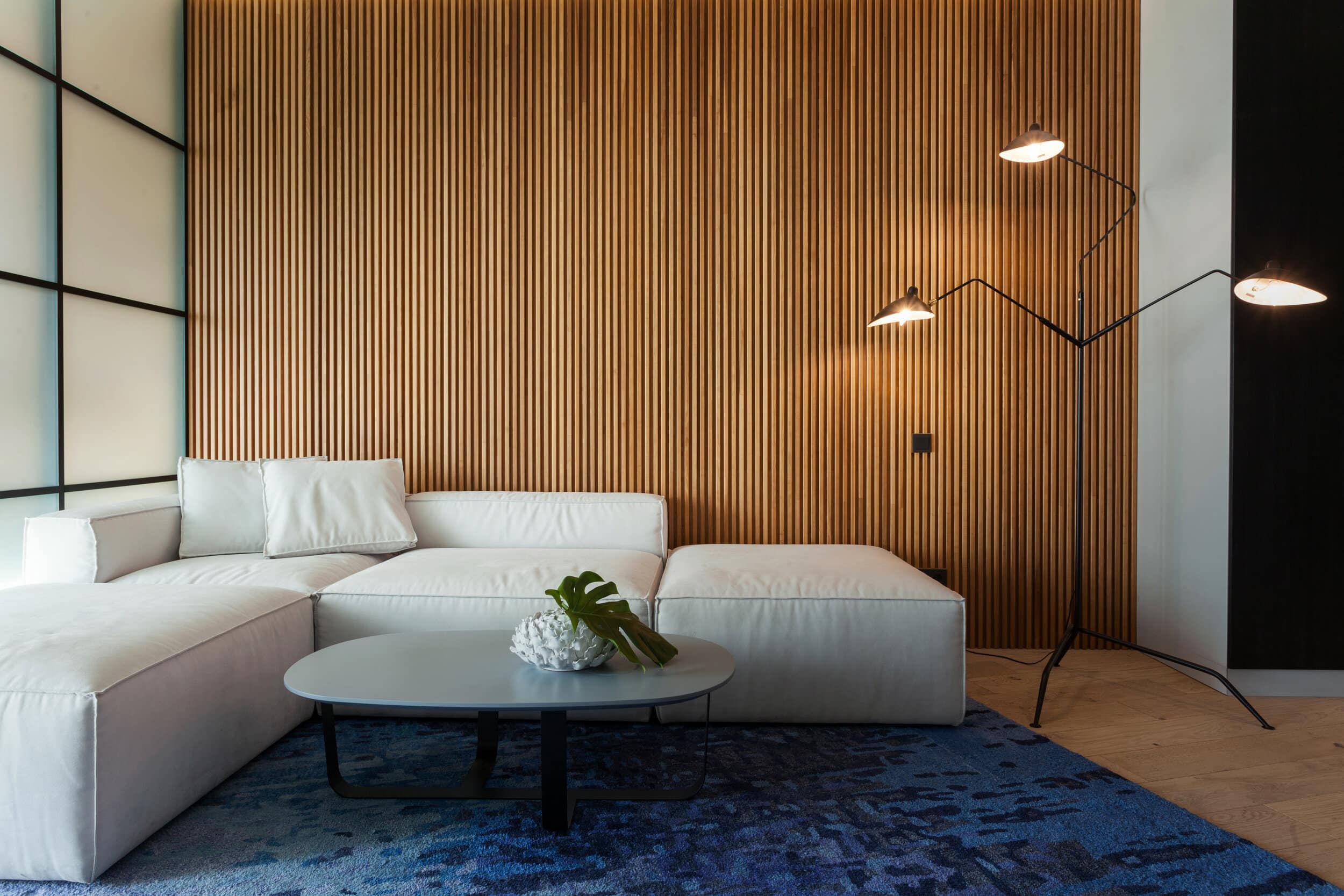Elevating Spaces: Fluted Panel Installation Basics
Fluted panels have long been revered for their ability to transform spaces with texture, depth, and visual intrigue. Whether you’re planning to install them as decorative wall coverings, distinctive ceilings, or striking room dividers, understanding the fundamentals of fluted panel installation is key to achieving a polished and professional result. In this comprehensive guide, we’ll explore the essential steps and techniques for a flawless fluted panel installation.
1. Material Selection: Setting the Stage: Fluted Panel Installation

The journey to a successful fluted panel installation begins with choosing the right materials. Fluted panels are available in various materials, including MDF, wood, PVC, and metal. Consider factors such as your project’s location, budget, and design vision when selecting the ideal material.
2. Measurement and Planning: The Blueprint for Precision:
Before you begin installation, meticulously measure the installation area. Create a layout plan that outlines the panel placement, ensuring uniformity and symmetry. This plan serves as your roadmap throughout the installation process.
3. Surface Preparation: The Foundation of Success:
Preparing the installation surface is paramount. Ensure it is clean, smooth, and free of any imperfections. If necessary, repair any cracks, holes, or uneven surfaces that could affect the panel’s alignment.
4. Panel Cutting and Trimming: Precision Matters:
Depending on your design, you may need to cut or trim fluted panels to fit the installation area. Use appropriate tools such as saws, routers, or snips, ensuring precise cuts that align with your layout plan.
5. Adhesive Application: Bonding for Longevity:
Select a high-quality adhesive recommended for your chosen panel material. Apply the adhesive evenly to the back of each panel, ensuring full coverage. Pay special attention to the edges and corners to prevent panel detachment over time.
6. Panel Placement: Aligning with Precision:
Carefully position each panel according to your layout plan. Use temporary spacers or guides to maintain uniform gaps and ensure accurate alignment. Press the panels firmly against the adhesive to create a secure bond.
7. Securing and Fastening: Ensuring Stability:
For added stability, use fasteners like nails, screws, or clips in conjunction with adhesive. Fasteners should be placed at recommended intervals and locations to prevent panel movement or detachment.
8. Seam Treatment: Creating a Seamless Look:
If your design includes multiple panels, pay special attention to seam treatment. Use matching trim pieces or sealants to create seamless transitions between panels. This enhances the overall appearance and durability of the installation.
9. Panel Finishing: The Final Touch:

Once the panels are in place, inspect them for any imperfections or gaps. Fill any seams, joints, or nail/screw holes with an appropriate filler material. Sand and finish the panels as needed to achieve a smooth and uniform surface.
10. Cleaning and Maintenance: Sustaining Excellence:
Properly clean and maintain your fluted panels to ensure their longevity. Use gentle cleaning solutions and avoid abrasive materials or harsh chemicals that could damage the finish.
11. Professional Assistance: When in Doubt, Consult:
For complex installations or if you’re unsure about any step, consider seeking professional assistance. Experienced installers can provide guidance and expertise to achieve the desired result.
12. Design Creativity: Expressing Your Vision:
Fluted panel installations offer endless design possibilities. Explore different panel orientations, patterns, and colors to create a unique and visually striking space.
Cut the fluted wall panel to your desired length and apply construction adhesive to the back of the panel. Apply the fluted wall to the wall and fasten with a nail gun. Use two nails, one each a the top and bottom of the panels. In between the top and bottom you will need one nail approximately every 1-1/4”.
It depends on your goals. If you want to save time and want a quick, temporary solution, it’s best to go with glue paneling, but if you want the wall panels to stay in their place for as long as you want, nail them!
Fluted wall panels are a popular way to add shape and feature to a room by replacing a normally flat wall (or ceiling) surface with one that has a series of straight grooved recesses.
Measure from where the panel will sit with the ceiling and cut the panel to the correct length. Remove any protective film and apply adhesive to the back of the panel. Apply adhesive to the back of the panel before placing the panel. If you have uneven walls, additional adhesive can be used to compensate for this.
Fluted panel installation is an art form that combines precision, creativity, and craftsmanship. By following these fundamental steps and techniques, you can embark on your journey to transforming spaces with elegance and sophistication. Fluted panels not only enhance aesthetics but also offer a lasting impression of quality and attention to detail. As you explore the world of fluted panel design and installation, remember that every project is an opportunity to express your unique vision and elevate the spaces we inhabit.











